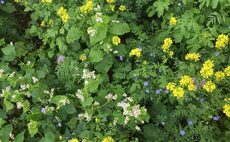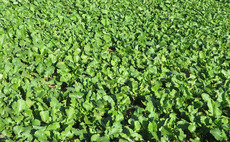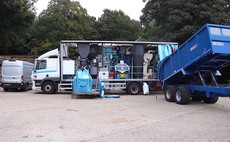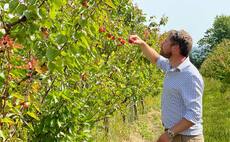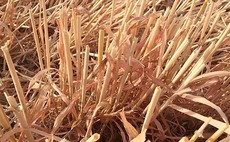Arable Farming
Arable
Dry weather and a lot of sunshine has been the recipe for an early and successful harvest across much of Scotland this season.
Arable
Farmers and growers who use regenerative farming practices can now apply for a new stamp to certify their sustainability credentials.
Arable
With harvest at or nearing completion, many will be itching to get cover and forage crops drilled, but with very little moisture in the soil, is it the right decision?
Arable
Growers continue to make good progress with harvest in the hot, dry weather across most cereal-growing regions.
Arable
Growing your own seed could save money and make drilling dates more flexible, but some pre-planning is required at harvest.
Arable
With very dry soils this harvest, Farmers Guardian finds out how to get catch and cover crops off to the best start.
Arable
July 2022, was the driest July for England since 1935, and the driest on record for East Anglia, southeast and southern England, according to provisional statistics from the Met Office.
Arable
When fifth generation grower, James Smith, of Loddington Farm in Kent lost his love for the land, it was adapting to a regenerative farming model that brought the entire business back to life. Alice Dyer reports.
Arable
Lack of rain and early crop senescence has meant that potassium offtake from straw could be significantly higher than usual this harvest.
Arable
With temperatures yesterday reaching record highs, some growers were faced with the unusual challenge of OSR being too dry.

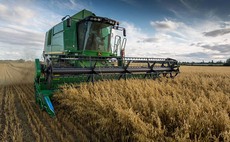
 25 August 2022
•
3 min read
25 August 2022
•
3 min read
